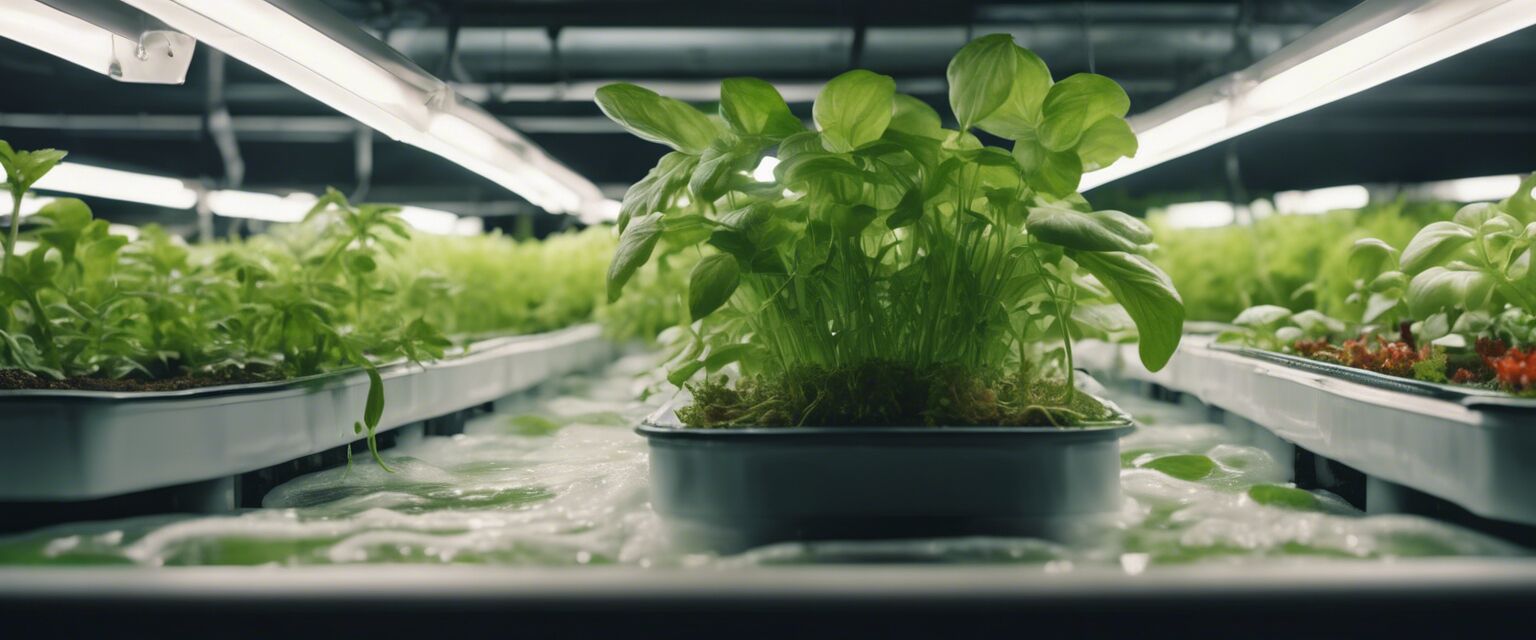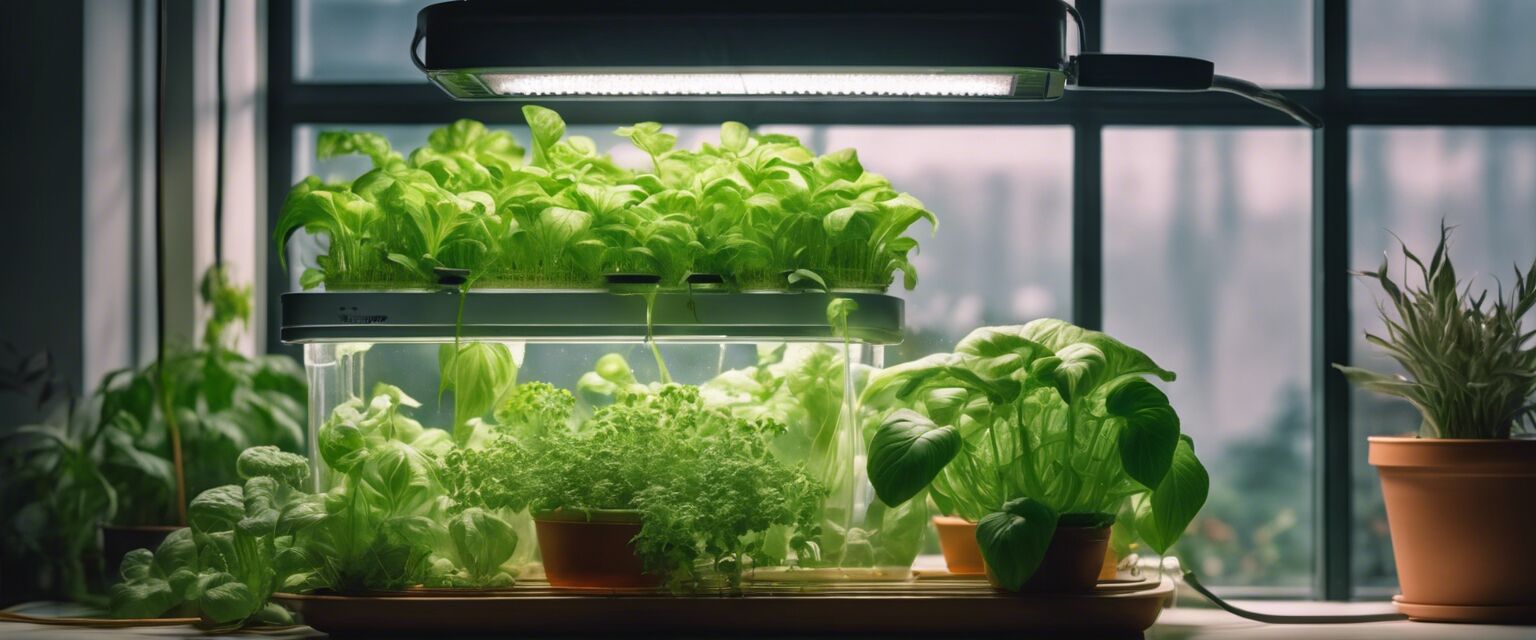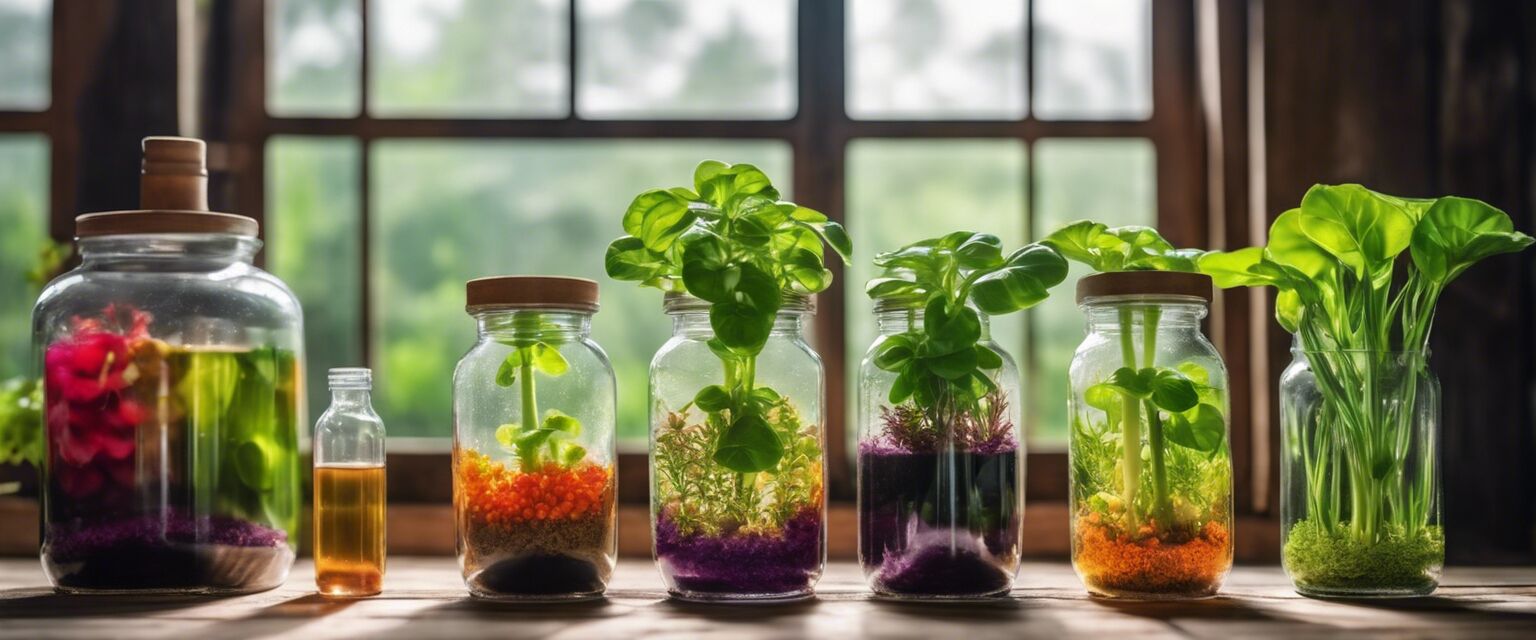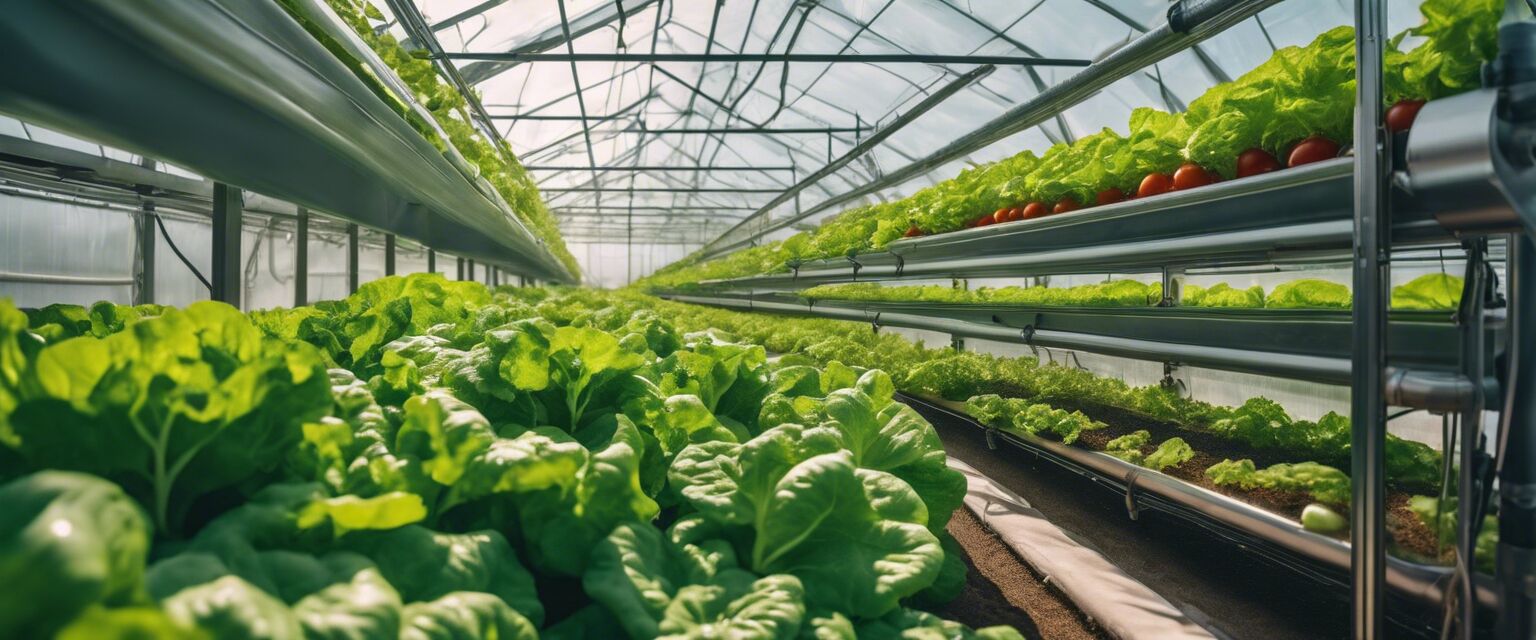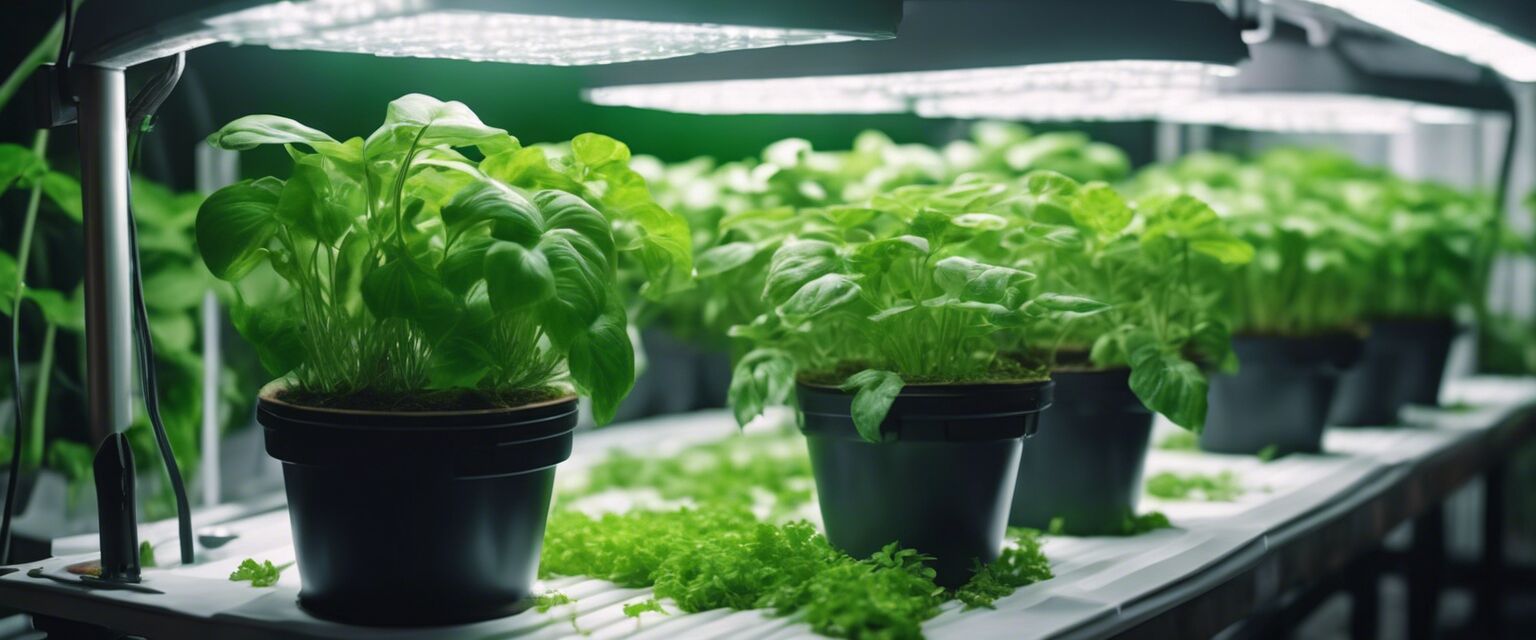
Troubleshooting common issues in hydroponic gardening
Key Takeaways
- Identify common issues like nutrient deficiencies, pH imbalances, and algae growth.
- Implement solutions such as adjusting nutrient levels and maintaining proper lighting.
- Regular monitoring and maintenance can prevent most issues.
- Utilize effective tools and systems for better results.
Hydroponic gardening is an efficient way to grow plants without soil, but it can come with its own set of challenges. From nutrient deficiencies to pH imbalances, understanding how to troubleshoot these issues is essential for successful hydroponic gardening. This article provides solutions and tips for common problems encountered in hydroponic systems.
Common issues in hydroponic gardening
| Issue | Description | Possible Causes |
|---|---|---|
| Nutrient deficiency | Plants exhibit poor growth and yellowing leaves. | Poor nutrient solution, incorrect pH levels. |
| pH imbalance | Unhealthy plant growth due to improper nutrient absorption. | Incorrect water source, not monitoring pH regularly. |
| Algae growth | Visible green film on surfaces, which can compete with plants for nutrients. | Excess light exposure, stagnant water. |
| Pest infestation | Damage to plants and reduced yield. | Introduction of pests, lack of preventive measures. |
| Root rot | Brown, mushy roots leading to plant decline. | Overwatering, poor oxygenation. |
Nutrient deficiencies
Nutrient deficiencies can severely affect the growth of your plants. Here is how to identify and fix them:
Common signs
- Yellowing leaves (Nitrogen deficiency)
- Brown spots (Calcium or Magnesium deficiency)
- Pale leaves (Iron deficiency)
Solutions
- Regularly check and adjust your nutrient solution.
- Use a balanced nutrient mix to ensure all essential nutrients are present.
- Monitor pH to ensure nutrients are available to plants.
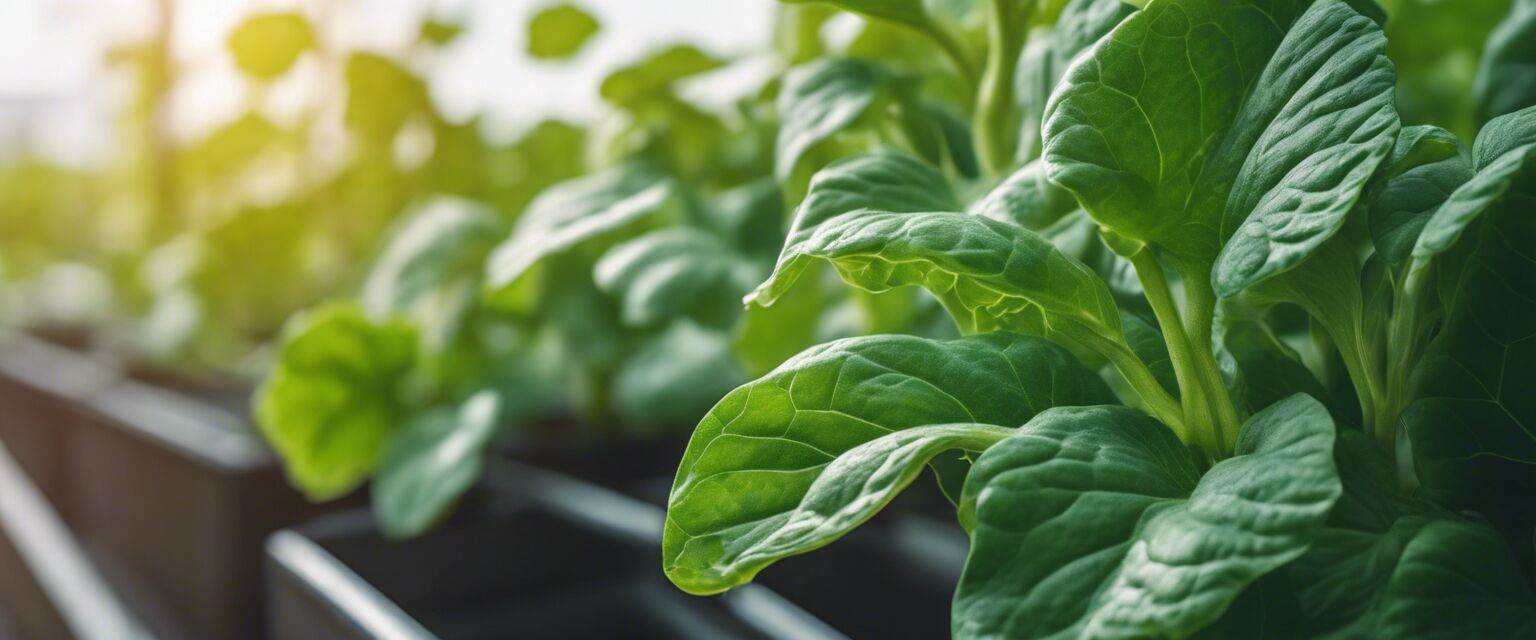
pH imbalance
A proper pH level is crucial for nutrient absorption. Here's how to maintain it:
Recommended pH levels
- Most vegetables: 5.5 - 6.5
- Herbs: 6.0 - 7.0
- Fruits: 5.5 - 6.5
Solutions
- Use a pH meter to monitor levels frequently.
- Adjust pH using pH up or down solutions as needed.
- Choose a neutral water source for mixing nutrient solutions.

Algae growth
Algae can compete for nutrients and harm your plants. Hereâs how to prevent and manage it:
Prevention tips
- Keep nutrient solution covered to block light.
- Ensure proper circulation to prevent stagnation.
- Clean your system regularly to remove any algae buildup.
Solutions
- Change nutrient solution regularly to prevent algae growth.
- Use UV sterilizers to kill algae.
- Introduce beneficial bacteria that outcompete algae.
Pest infestation
Pests can threaten the health of your hydroponic garden. Hereâs how to manage them:
Common pests
- Aphids
- Spider mites
- Whiteflies
Prevention strategies
- Inspect plants regularly for signs of pests.
- Maintain cleanliness in your garden area.
- Use insecticidal soap as a preventive measure.
Pros of hydroponic gardening
- Faster plant growth
- Higher yields
- Less water usage
- Space-efficient
Cons of hydroponic gardening
- Initial setup costs can be high
- Requires regular monitoring
- Potential for system failures
Root rot
Root rot is a serious issue that can arise from overwatering. Hereâs how to recognize and fix it:
Signs of root rot
- Brown and mushy roots
- Plants wilting despite adequate water
- Foul odor coming from the roots
Solutions
- Ensure proper aeration in your system.
- Adjust watering schedule to prevent overwatering.
- Consider using a hydroponic medium that promotes drainage.
Conclusion
Hydroponic gardening can be incredibly rewarding, but it also requires diligence and knowledge to overcome common challenges. By understanding issues such as nutrient deficiencies, pH imbalances, algae growth, pest infestations, and root rot, you can create a thriving hydroponic system. Regular monitoring and maintenance are key to preventing these problems and ensuring the health of your plants.
Tips for beginners
- Start small: Focus on a few plants before expanding.
- Keep a garden journal to track your plants' growth and any issues.
- Invest in quality equipment for better results.
- Join online forums or local groups for support and advice.
Further resources
For more information on hydroponic gardening, check out our other articles:
